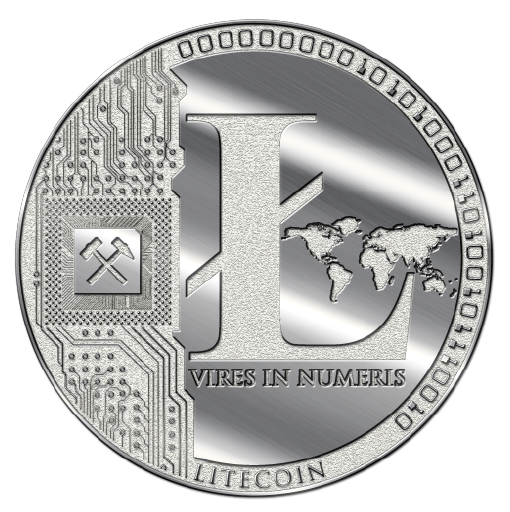Litecoin: One is Silver and the other is Gold

Market Cap: $9,891,669,220
As I mentioned in my previous article, Pandora’s Box of Crypto-possibilities, it is important to analyze the coins’ purpose. What is the problem that the coin is solving? Before I continue, I would like to reiterate that I am no crypto-expert and am not qualified to give investment advice, I just provide information to the best of my knowledge.
While cryptocurrencies aren’t a typical form of payment today, many chains and even small businesses are growing warmer to the idea of accepting cryptocurrency as payment. While Bitcoin is not ideal for smaller transactions because of its longer confirmation time, Litecoin works as a good alternative.
Litecoin serves the purpose of instant global payment with very little, if not no transaction costs. It was created in October of 2011 by a former Google engineer named Charles Lee, who now works for the Bitcoin wallet provider, Coinbase. It is fully decentralized like Bitcoin, however the blockchain that Litecoin operates on can handle a higher amount of transactions.
The reason for this is that Litecoin generates transaction blocks more frequently, enabling faster confirmation times for users. Transaction blocks are like receipts, put on a public ledger. In order for a transaction block to appear on the public ledger (which confirms a transaction), cryptocurrency miners need to solve algorithms in a process called mining to approve transactions and unlock the blocks. Mining is the process by which Bitcoin and Litecoin, among various other cryptocurrencies, are generated. Miners solve algorithms through different tactics (scrypt and SHA-256 being some of them) in order to approve and publish transaction blocks.
The reason Litecoin is faster is because their algorithm for mining uses scrypt as opposed to Bitcoins’ SHA-256. Scrypt makes the algorithms easier and faster for miners to solve. It also makes mining available to regular computers and not just ASICs (really powerful computers used to mine Bitcoin). While Bitcoin has a mean block time of 10 minutes (the time it takes to solve an algorithm and approve a transaction), Litecoin's is 2.5 minutes.
Litecoin is ideal for using cryptocurrency as payment at stores, because of its fast transaction time and higher amount of coins. It is psychologically easier to pay one Litecoin for an item, than split up your more valuable Bitcoin. Think of this as the difference between splitting a $11,000 bill (Bitcoin price at time of writing) to purchase a pair of $50 sneakers, versus using an $180 bill (Litecoin price at time of writing). As more stores adopt cryptocurrency as payment, I believe we will start to see more Litecoin in circulation.
Litecoin’s quantity is also capped at four times the amount of Bitcoin, at 84 million Litecoins, with a market cap above $9 billion. This is because Litecoin was intended to be the silver to Bitcoin’s gold. Litecoin is like Bitcoin’s little brother, they move together but are intrinsically different.
*If you are interested in investing Litecoin, but are not too sure how to proceed, I will be publishing an article on wallets soon.
Martin Hauge & Sophia Noel